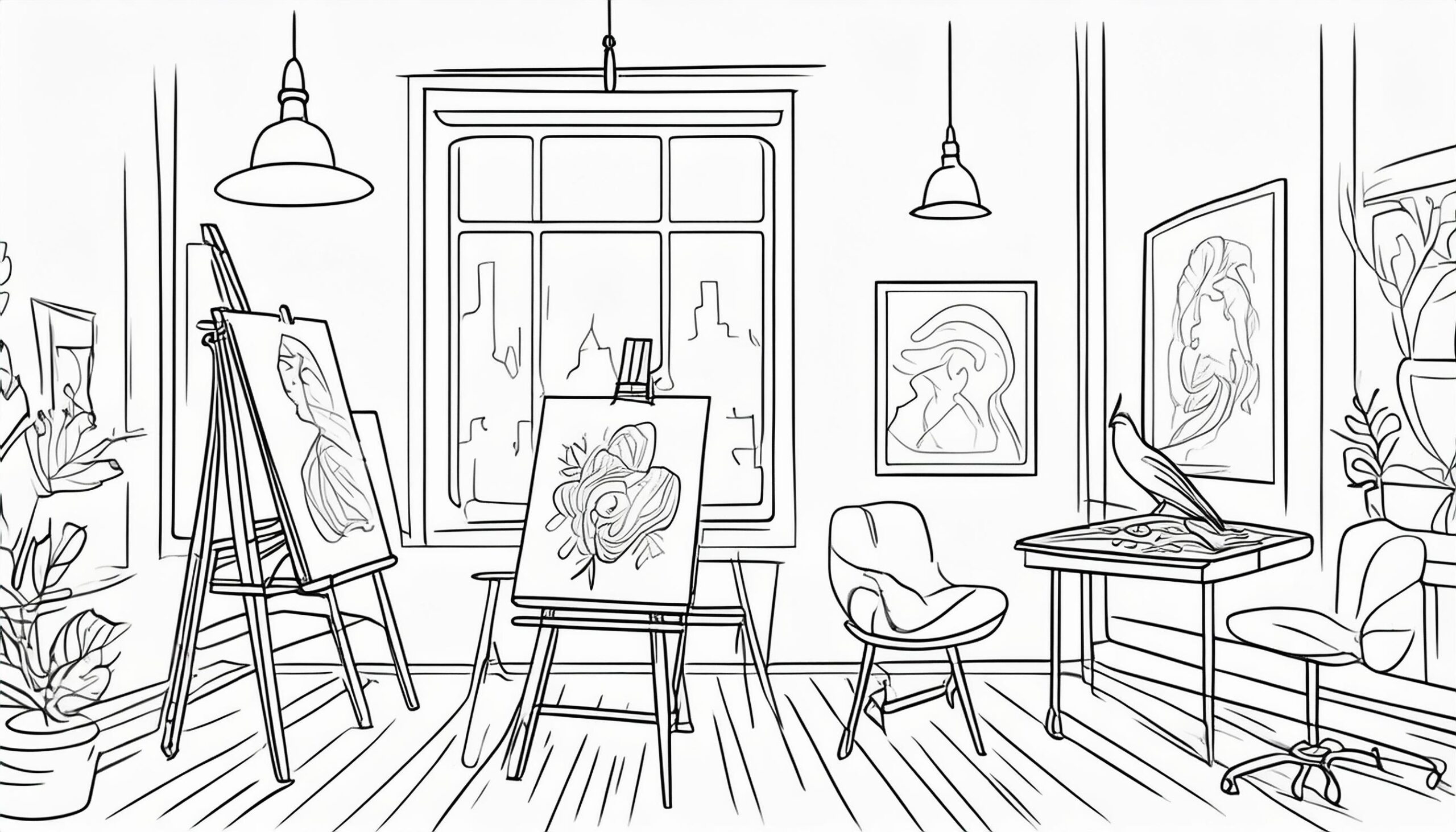Investing in art and collectibles has long held allure for individuals seeking to diversify their investment portfolios and acquire assets that offer aesthetic pleasure along with potential financial gains. However, like any investment, there are both opportunities and risks associated with investing in art and collectibles. This blog post explores the dynamics of investing in this niche market, highlighting the potential benefits and pitfalls that investors should consider.
Opportunities in Art and Collectibles
1. Potential for Appreciation
Art and collectibles have the potential to appreciate significantly over time, often outperforming traditional investment assets such as stocks and bonds. Unique or historically significant pieces by renowned artists or rare collectibles can increase in value as demand exceeds supply.
2. Diversification of Investment Portfolio
Investing in art and collectibles can diversify your investment portfolio beyond traditional financial assets. These tangible assets have low correlation with stock market performance, providing a hedge against market volatility and economic downturns.
3. Enjoyment and Aesthetic Value
Unlike stocks or bonds, art and collectibles offer intrinsic value in the form of aesthetic enjoyment and cultural significance. Owning artwork or collectibles can enrich your living or working environment while potentially appreciating in value.
4. Investment in Passion and Expertise
Investors with a passion for art or specific collectibles can leverage their knowledge and expertise to identify undervalued pieces or emerging artists. This hands-on approach can lead to insightful investments and personal satisfaction.
Risks of Investing in Art and Collectibles
1. Subjectivity and Market Volatility
The value of art and collectibles is subjective and influenced by trends, tastes, and market sentiment. Fluctuations in art market trends or shifts in consumer preferences can affect the value of your investments.
2. Illiquidity and High Transaction Costs
Art and collectibles are often illiquid assets that may take time to sell. Finding the right buyer at the right price can be challenging, and transactions may involve significant costs such as commissions, insurance, storage, and authentication fees.
3. Authentication and Provenance Issues
Ensuring the authenticity and provenance of art and collectibles is crucial. Without proper documentation and provenance history, the value and marketability of a piece may be compromised. Investors should verify authenticity through reputable experts and institutions.
4. Market Speculation and Investment Bubble
Art markets can be susceptible to speculation and investment bubbles driven by hype or short-term trends. Prices of certain artworks or collectibles may become inflated, leading to potential price corrections or market volatility.
Strategies for Investing in Art and Collectibles
1. Conduct Thorough Research and Due Diligence
Before investing, research artists, art genres, or collectibles that align with your investment goals and risk tolerance. Attend art exhibitions, auctions, and gallery shows to understand market trends and establish relationships with experts.
2. Diversify Your Collection
Diversify your art and collectibles portfolio to spread risk across different artists, styles, periods, and categories. Consider balancing high-value investments with more affordable pieces to manage risk and enhance potential returns.
3. Invest in Blue-Chip Artists and Established Markets
Focus on artworks or collectibles by blue-chip artists with established reputations and proven track records of appreciation. Invest in markets with transparent pricing, strong demand, and reputable auction houses or galleries.
4. Seek Professional Guidance
Consult with art advisors, appraisers, and financial professionals specializing in art investment. They can provide insights into market trends, valuation methods, and investment strategies tailored to your financial goals and objectives.
Conclusion
Investing in art and collectibles offers unique opportunities for diversification, potential appreciation, and personal enjoyment. However, it also carries risks related to market volatility, liquidity challenges, authenticity issues, and speculative behavior. By conducting thorough research, diversifying your portfolio, investing in established markets, and seeking professional guidance, you can navigate the complexities of art and collectibles investment with greater confidence. Whether you are a seasoned collector or new to the art market, thoughtful consideration and strategic planning are essential to maximizing the potential benefits and minimizing the inherent risks of investing in art and collectibles.


Leave a Reply